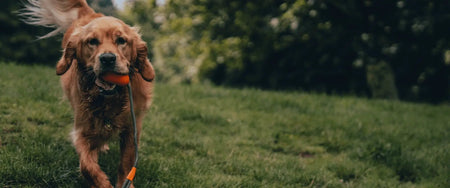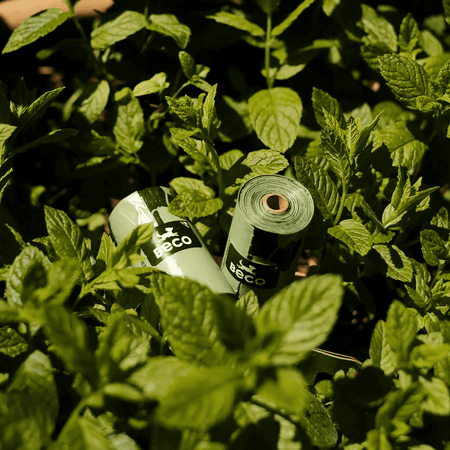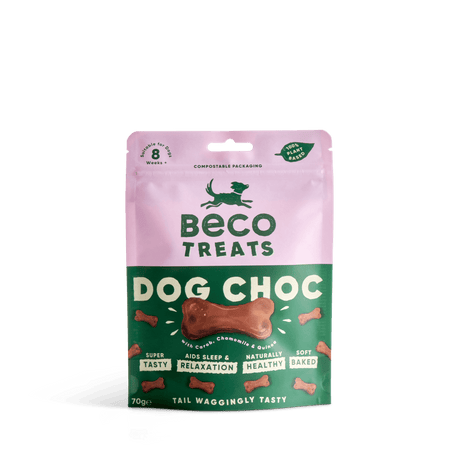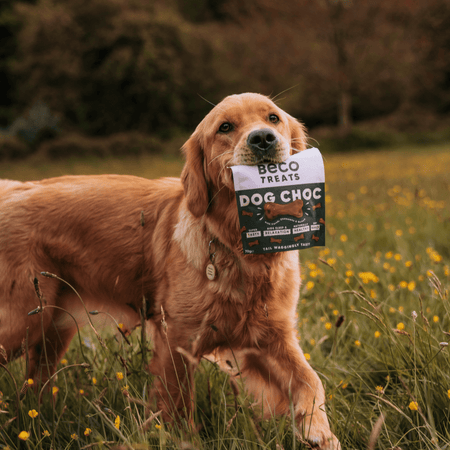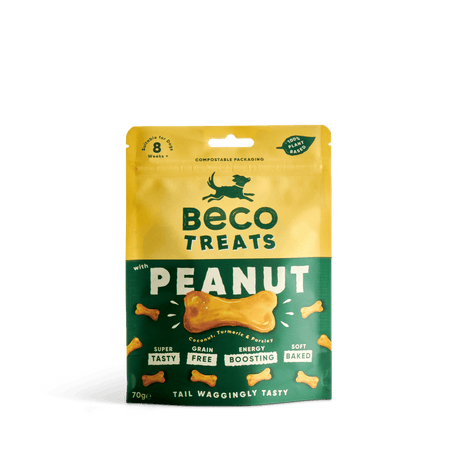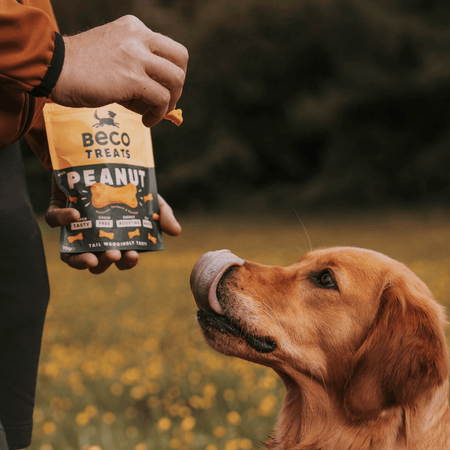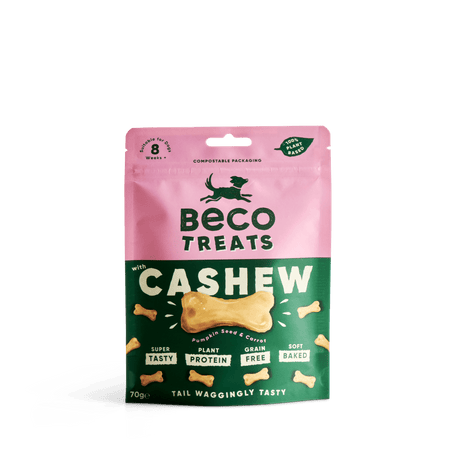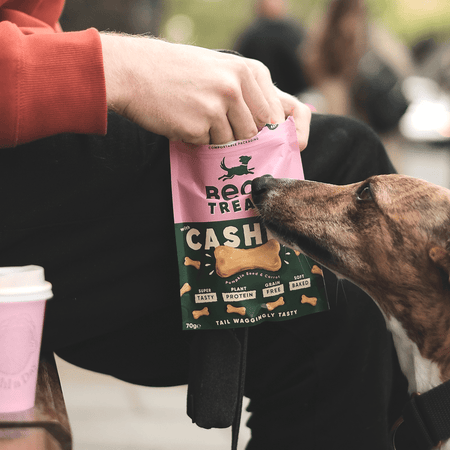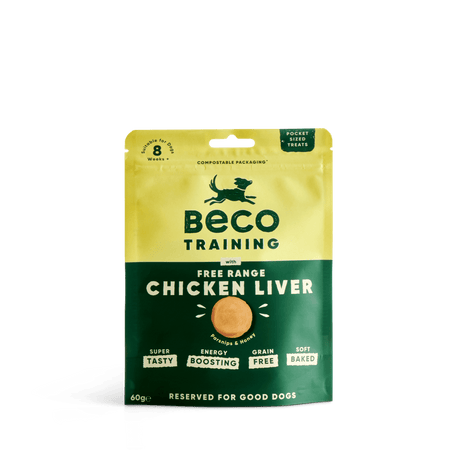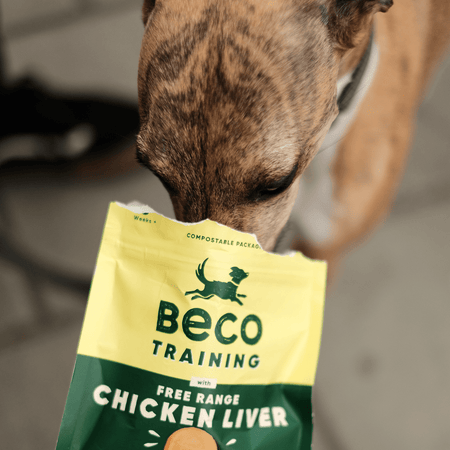Getting a dog to swallow a tablet sounds simple until you're chasing a soggy pill across the floor.
Some dogs sniff out meds like bloodhounds, others somehow spit them out after you swear they swallowed.
If you’re tired of the struggle — or just want to make the whole thing less stressful — we’ll cover tricks that actually work.
- Hide pills in high-value foods like cheese, peanut butter, or specialised pill pockets.
- Use pill dispensers or crushers for easier administration with difficult dogs.
- Proper restraint techniques and direct placement ensure successful pill delivery for stubborn dogs.
- Positive reinforcement and consistent routines help reduce medication-related anxiety over time.
Why Do Dogs Resist Tablets?
Psychological and Behavioural Factors
Dogs develop resistance to medication through various psychological mechanisms:
-
Taste and smell sensitivity: Dogs have about 300 million olfactory receptors, making them extremely sensitive to the bitter compounds in medications.
-
Association with discomfort: Past experiences of nausea or discomfort can lead to avoidance behaviours.
-
Fear response: Forceful administration can trigger fear, complicating future attempts.
Creating positive associations is crucial, such as pairing medication time with favourite activities or offering special treats only available during medication administration.
Breed-Specific Considerations
A dog's physical structure and temperament significantly influence tablet administration challenges:
-
Brachycephalic breeds: Shortened muzzles make pill placement more challenging.
-
Long-nosed breeds: These breeds may detect hidden medications more easily due to heightened sensitivity.
-
Stubborn and anxious breeds: Require different approaches, from patience and creativity to calm handling.
Techniques for Concealing Tablets in Food
Using High-Value Treats and Foods
Concealing tablets in high-value foods is a common method:
-
Use strong-smelling and soft-textured foods.
-
The "meatball method" involves sandwiching the tablet between two treat portions.
Commercial Pill Pockets vs. Homemade Solutions
Commercial Pill Pockets:
-
Convenient and specifically designed to mask medication odor and taste.
-
Available in multiple flavours.
Homemade Solutions:
-
Cost-effective and customisable.
-
DIY pill pockets can be made using safe ingredients like peanut butter and flour.
Direct Administration Techniques
Step-by-Step Guide to Direct Administration
-
Position yourself appropriately beside your dog.
-
Hold the tablet between your thumb and index finger.
-
Gently open your dog's mouth and place the tablet on the back of the tongue.
-
Encourage swallowing by stroking the throat and offering water.
Overcoming Resistance with Specialised Tools
Pill Dispensers and Guns:
-
Provide precise placement and protect your fingers.
-
Useful for dogs who resist direct hand placement.
Adapting Methods for Special Needs & Conditions
Medication Administration for Dogs with Disabilities
Mobility Limitations:
-
Administer medication in positions comfortable for the dog.
-
Use supportive cushions and consider alternative routes.
Exploring Alternative Medication Forms
-
Liquid Medications: Easier to administer and can be mixed with food.
-
Transdermal Options: Applied to skin, eliminating oral administration stress.
-
Long-Acting Injections: Offer extended coverage with fewer administrations.
Building a Positive Medication Routine
Creating a Stress-Free Environment
-
Choose quiet, familiar locations with good lighting.
-
Maintain a calm demeanour and use positive reinforcement.
Long-Term Strategies for Medication-Resistant Dogs
Desensitisation Programme: Gradually acclimate your dog to the medication process with incremental steps.
Frequently Asked Questions
How can I give medication to a dog that refuses to eat, even with treats?
Try a pill syringe or consult your vet about alternative forms like liquids or injections. Fasting before medication (if safe) may increase interest in treat-disguised pills.
Is it safe to crush all types of medications for my dog?
No, some medications shouldn't be crushed due to specific formulations. Always consult your veterinarian first.
My dog spits out pills even after swallowing. How can I prevent this?
Ensure swallowing by holding the mouth closed, stroking the throat, and offering water or a small treat immediately after.
How long should I wait between medication doses if my dog spits out the pill?
If the pill was completely rejected, re-administer immediately. Consult your vet if unsure about partial ingestion.
Can I use human foods like yogurt or ice cream to hide medications?
Use sparingly and ensure they're dog-safe. Avoid toxic ingredients like xylitol and consult your vet regarding food interactions.
Conclusion
Helping your dog take a tablet isn’t always clean or easy, but it’s doable with a few tricks up your sleeve.
Whether you're hiding pills in peanut butter, trying out a pill popper, or just figuring out what your dog will and won’t fall for, it’s all about finding what works for your dog.
Some days it'll be smooth. Some days it'll be messy. That’s just part of it.
If you’re after high-value treats or everyday food to make the process a little easier (and a lot tastier), browse our products — your dog will love you for it.







